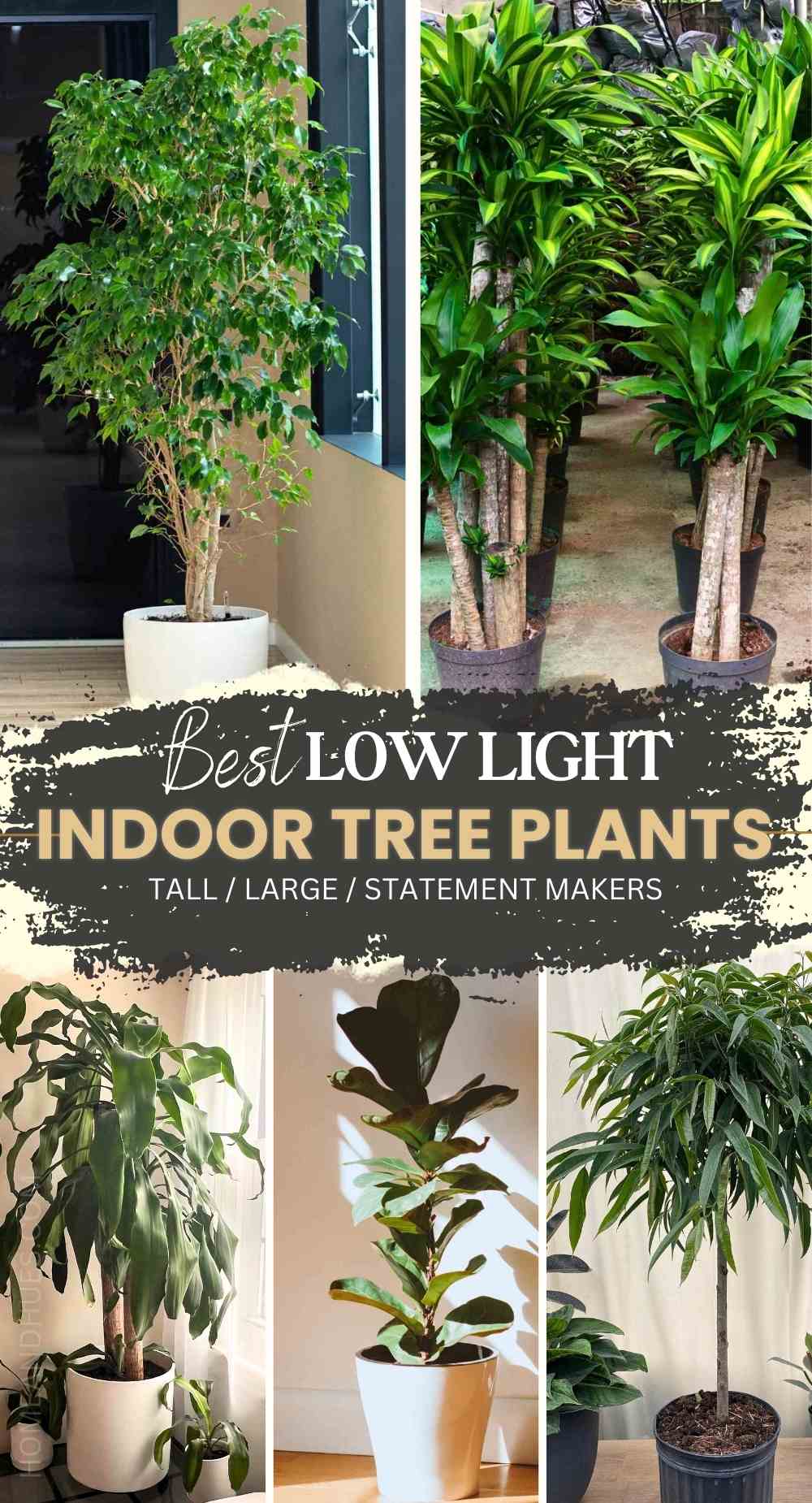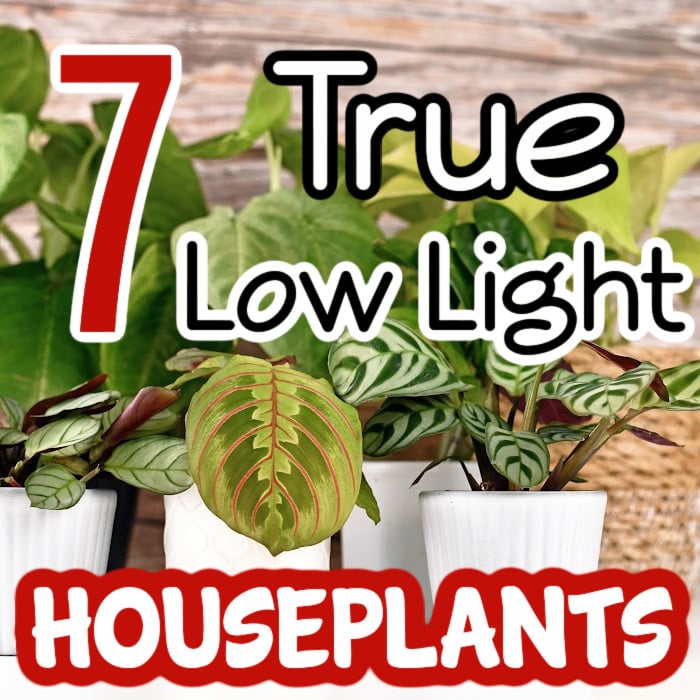Best Low-Light Indoor Plants for Those with Limited Natural Light in Their Homes
Best Low-Light Indoor Plants for Those with Limited Natural Light in Their Homes
Blog Article
Discover the Distinct Benefits of Low-Light Indoor Plants for Your Living Area
Incorporating low-light indoor plants into your living area offers a wide variety of advantages that expand much past plain visual appeals. These hardy plants not just grow in settings with minimal sunshine yet additionally serve essential functions such as air purification and moisture enhancement. Additionally, they can favorably affect your mood and general health while calling for marginal upkeep. As you consider the transformative potential of these plants, it comes to be important to check out exactly how their unique attributes can tailor your environment to better serve your way of life. What specific advantages might reverberate most with your personal room?
Air Purification Advantages
Low-light indoor plants not only enhance the visual allure of living rooms yet additionally play a significant role in air filtration. Study has shown that certain plant species can effectively get rid of usual interior pollutants, including benzene, trichloroethylene, and formaldehyde. These substances frequently rise from house products such as furnishings, cleansing items, and building products, contributing to interior air top quality concerns.
Plants such as the snake plant, pothos, and tranquility lily are particularly adept at filtering system unsafe compounds from the air while prospering in low-light problems. The process of phytoremediation, in which plants take in and metabolize toxic substances, enables these types to add dramatically to a much healthier interior atmosphere. In addition, via photosynthesis, plants release oxygen, better improving air top quality.
Incorporating low-light indoor plants right into home or workplace areas not just offers visual advantages yet also serves as a functional technique for enhancing air quality. By picking the ideal types, people can produce an atmosphere that advertises wellness and reduces direct exposure to dangerous toxins, making these plants an important element in modern interior living.

State Of Mind Improvement Impacts
Numerous research studies have actually shown that integrating indoor plants can substantially enhance mood and general emotional wellness. The existence of greenery in interior environments has actually been connected to minimized stress and anxiety levels, boosted feelings of peace, and boosted emotional health and wellness. Low-light interior plants, in particular, grow in environments where all-natural light is restricted, making them best for various living areas.
Study indicates that communicating with plants can promote the release of serotonin, a natural chemical connected with feelings of joy and health. In addition, the act of caring for plants promotes a feeling of duty and success, further adding to favorable psychological wellness end results. In addition, low-light plants such as serpent plants, pothos, and tranquility lilies have actually been shown to improve air quality, which is intrinsically connected to state of mind improvement.
Integrating these plants right into your office or home can create a calm atmosphere, offering a sensory and aesthetic getaway from the pressure of day-to-day live - Best low-light indoor plants. As people spend boosting amounts of time inside your home, the mood-enhancing results of low-light indoor plants come to be a lot more crucial, providing not just visual allure however also a profound effect on psychological well-being
Low Upkeep Demands
For those seeking to boost their interior rooms without a significant time dedication, low-light interior plants are an ideal choice because of their low upkeep requirements. These resilient plants flourish in less-than-ideal lights conditions, making them best for offices and homes where natural sunshine is limited.

Pest resistance is one more advantage of low-light indoor plants. Many selections are much less susceptible to usual insects, minimizing the need for constant tracking and intervention. Moreover, these plants usually grow extra gradually than their high-light equivalents, meaning less frequent repotting and trimming are needed.
Aesthetic Charm and Flexibility

Additionally, these plants can be prepared in myriad ways, whether in groups for a lush impact or as standalone attributes to draw the eye. The options of planter designs-- from sleek ceramic pots to rustic wood containers-- better improve their visual worth, enabling house owners to share their personal design.
Additionally, low-light plants can be purposefully put in areas that might otherwise really feel neglected, such as corners or poorly lit shelves, thereby optimizing their attractive possibility. Ultimately, the mix of their striking appearance and versatility makes low-light interior plants an important enhancement to any kind of living space, developing a welcoming ambience that promotes wellness and leisure.
Boosted Humidity Degrees
Enhancing indoor moisture levels is among the substantial benefits of integrating low-light indoor plants into living rooms. These plants normally launch wetness vapor through a procedure recognized as transpiration, which takes place when water taken in by the origins relocates via the plant and vaporizes from the leaves. This process not only raises moisture yet additionally adds to a much healthier indoor atmosphere.
Enhanced moisture degrees can alleviate numerous health problems, such as dry skin, breathing troubles, and allergic reactions. Several people experience pain in arid indoor conditions, specifically throughout winter season when heating systems are in usage. By tactically placing low-light plants throughout your home, you can create a much more well balanced humidity level that cultivates total wellness.
In addition, specific low-light indoor plants, like tranquility lilies and spider plants, are particularly effective at raising humidity. Their ability to prosper in low-light visit environments makes them perfect for numerous spaces, from workplaces to bedrooms. In enhancement to boosting humidity, these plants can likewise improve air quality by removing usual interior contaminants, making them a beneficial enhancement to any kind of living area. Thus, low-light indoor plants serve both useful and aesthetic purposes, promoting a healthier environment.
Final Thought
In recap, low-light indoor plants supply various advantages that add to a healthier and extra welcoming living room. Their capability to cleanse the air, improve mood, and boost humidity levels highlights their value as efficient style aspects. Additionally, their low upkeep needs and visual adaptability make them appropriate for various atmospheres. Including these resilient plants into interior setups not only boosts the ambiance yet likewise promotes total well-being, establishing a peaceful sanctuary for citizens.
Plants such as the serpent plant, pothos, and peace lily are specifically skilled at filtering hazardous compounds from the air while growing in low-light problems. Low-light plants such as snake plants, pothos, and tranquility lilies have actually been revealed to enhance air high quality, which is inherently linked to mood enhancement.
Low-light interior plants, such as snake plants, pothos, and ZZ plants, not only boost the aesthetic landscape of an area but likewise introduce numerous structures and shades of eco-friendly that can complement varied indoor styles. These plants naturally release moisture vapor with a process understood as transpiration, which occurs when water taken in by the roots relocates through the plant and vaporizes from the fallen leaves.Furthermore, certain low-light interior plants, like tranquility lilies and crawler you can try here plants, are particularly efficient at increasing humidity.
Report this page